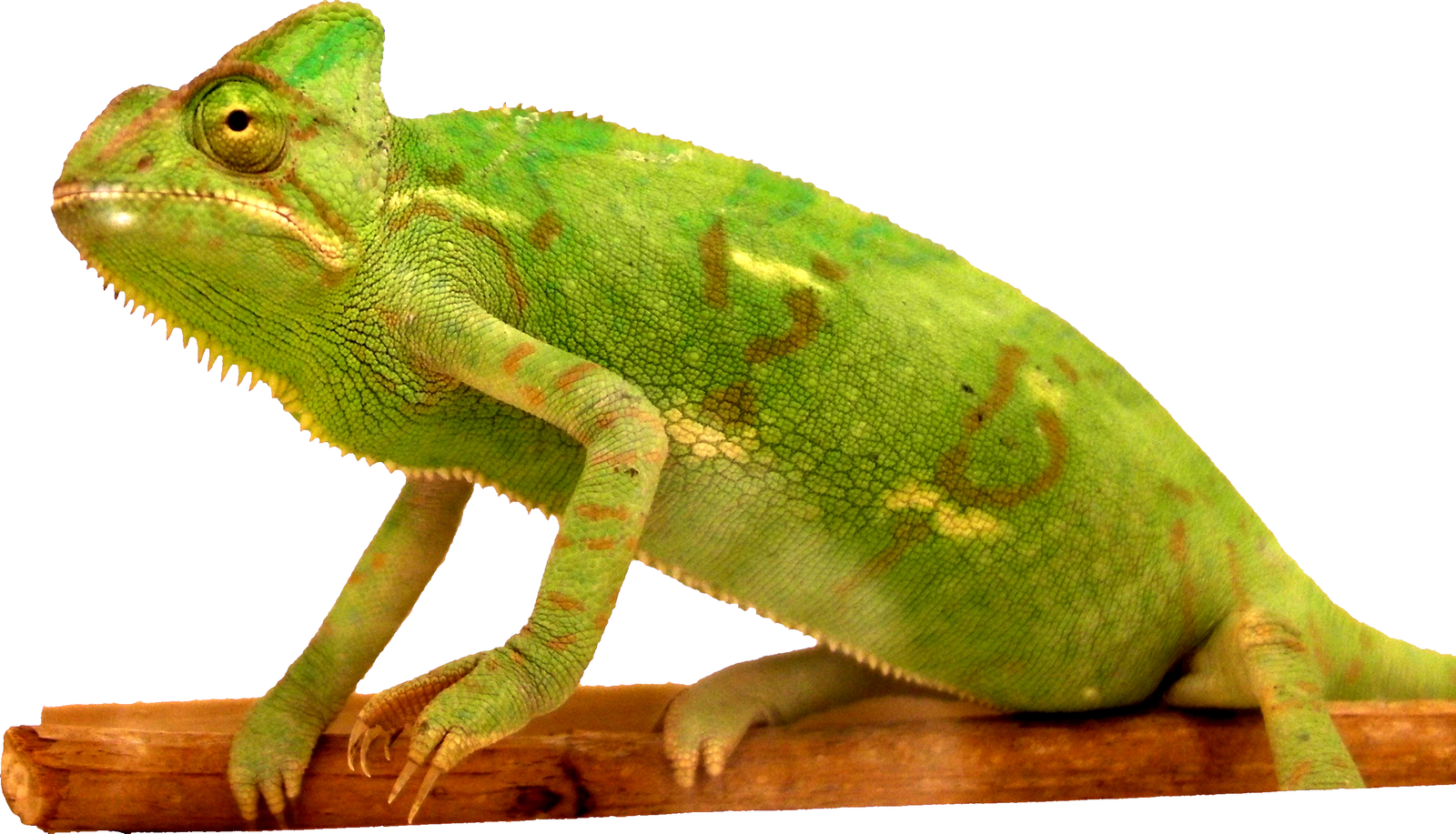
This image shows Chamaeleo calyptratus by Aurelie Maillard. Credit: Aurelie Maillard – UMONS
Despite their nonchalant appearance, chameleons are formidable predators, capturing their prey by whipping out their tongues with incredible precision. They can even capture preys weighing up to 30% of their own weight. In collaboration with the Muséum national d’Histoire naturelle de Paris, researchers from the Université de Mons (UMONS) and the Université libre de Bruxelles (ULB) have studied this amazing sticky weapon.
Chameleons are fascinating creatures with amazing characteristics. Their feet have opposable toes, giving them a tongs-like appearance, to firmly grip branches. Their eyes move independently of each other to provide 360 degree vision. Their skin changes colour via the active tuning of a lattice of nanocrystals contained in some cells. But their most outstanding characteristic is probably their ballistic tongue, allowing the capture of distant preys.
Despite their nonchalant appearance, chameleons are formidable predators, leaving little chance to their prey. During a capture, their tongue whips out with an acceleration up to 1500 m/s² and extends to reach a length twice that of the chameleon’s body. They are also able to capture preys weighing up to 30% of their own weight. Sufficient adhesion between the prey and the tongue is therefore necessary to catch such preys.
Under the leadership of Fabian Brau from the ULB Faculty of Science’s Nonlinear Physical Chemistry Unit, Pascal Damman from the UMONS Interfaces and Complex Fluids Laboratory, Faculty of Science researchers from the UMONS, ULB, and Vincent Bels from the Muséum national d’Histoire naturelle de Paris have just demonstrated that the mucus secreted at the tip of a chameleon’s tongue has a viscosity 400 times larger than the one of human saliva. The tongue’s deformability during projection, producing a large contact area with the prey, together with this viscous liquid, form a particularly efficient adhesive weapon.
Published in the Nature Physics journal on 20 June, this interdisciplinary study, combining experiments with a dynamical model of prey capture, allowed the researchers to shed light on the basic mechanisms used by chameleons to capture their preys.
The authors used mechanical tools combined with tongue morphology measurements to demonstrate that the viscous adhesion built up during a capture is large enough to catch preys with a high mass compared to that of chameleons. Their theoretical model compares favourably with experimental data on the maximum prey mass with respect to the chameleon size.
These results provide a new methodology for studying prey prehension by other predators, such as salamanders or toads, using the tongue to capture preys.




